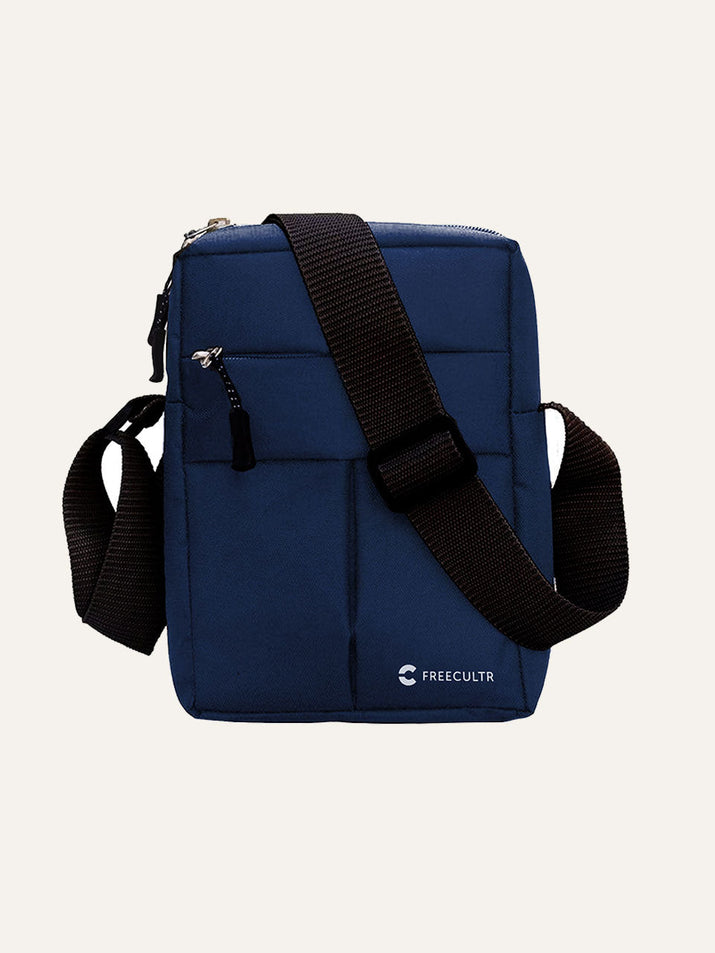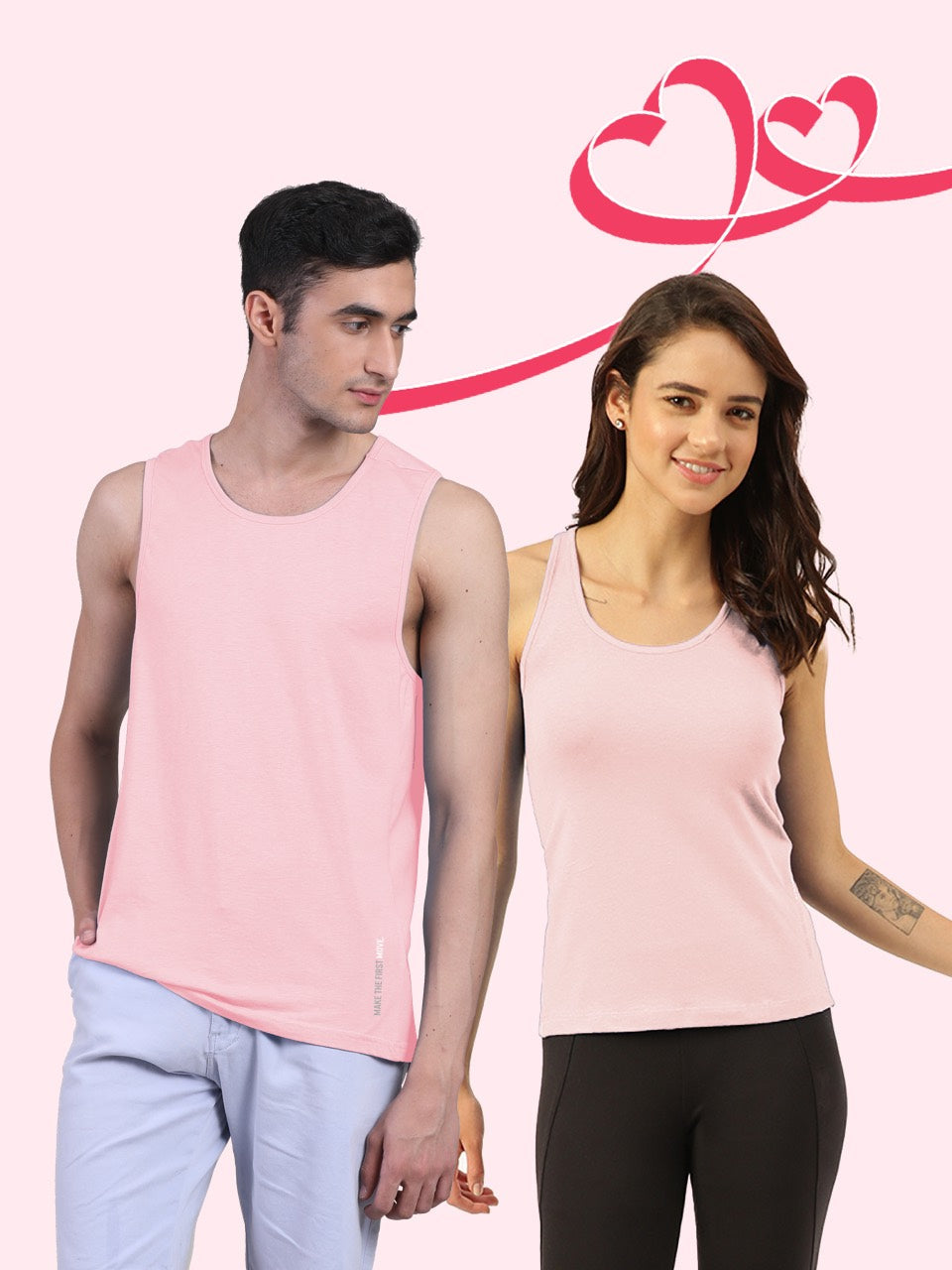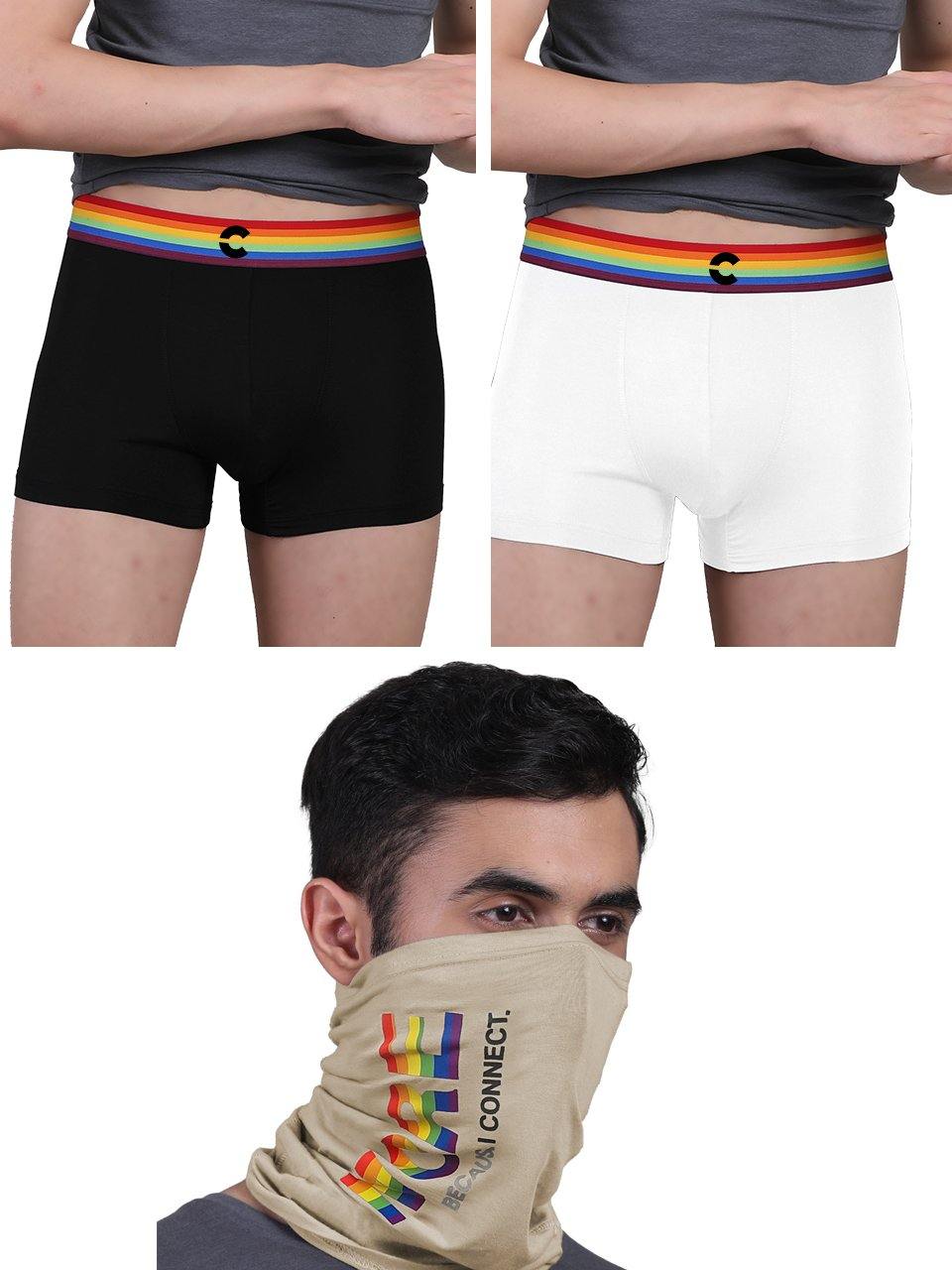The urban landscape demands agile solutions for everyday carry, moving beyond bulky backpacks to specialized, efficient forms. The modern sling bag has emerged as a quintessential tool for urban mobility, perfectly balancing minimalist aesthetics with advanced functionality for the tech-savvy individual. Unlike traditional bags, its cross-body design provides rapid access to essentials like smartphones, portable power banks. Compact cameras, all while maintaining a low profile. Recent innovations, including integrated RFID-blocking pockets and modular attachment systems, further enhance security and adaptability. This evolution transforms the sling bag from a mere accessory into a precision-engineered solution for essential organization and seamless movement within the dynamic city environment.

Understanding the Modern Sling Bag
The sling bag has rapidly evolved from a niche accessory into a cornerstone of urban everyday carry (EDC). At its core, a sling bag is a single-strap bag designed to be worn across the body, typically resting on the back or front, allowing for quick access to its contents. Unlike traditional backpacks that distribute weight across both shoulders, the sling bag offers a distinct carry style that prioritus ease of access and a minimalist profile. Its design is a thoughtful blend of a messenger bag's accessibility and a fanny pack's compact nature, providing a comfortable and secure way to transport essentials without the bulk of a full backpack.
Modern sling bags are engineered with specific user experiences in mind, focusing on ergonomic comfort and efficient organization. They are characterized by their asymmetric design, often featuring a contoured strap that conforms to the body's natural lines. This design not only enhances comfort but also keeps the bag secure against the body, making it ideal for navigating crowded urban environments or engaging in light physical activity. The primary appeal of a sling bag lies in its ability to offer immediate access to items like smartphones, wallets, keys. Even compact cameras, without needing to remove the bag entirely.
The Rise of the Sling Bag in Urban Environments
The increasing popularity of the sling bag can be attributed to several factors aligning with contemporary urban lifestyles. As cities become more densely populated and daily commutes often involve public transport or walking, the need for agile and accessible carry solutions has grown. A traditional backpack can feel cumbersome in a packed subway car. A briefcases too formal for casual outings. The sling bag bridges this gap, offering a discreet yet functional alternative.
- Enhanced Mobility: Its single-strap design allows for swift rotation from back to front, providing quick access to contents without needing to take the bag off. This is invaluable when commuting or moving through busy spaces.
- Security and Awareness: Wearing a sling bag across the chest or front offers a greater sense of security, as items are kept within the wearer's line of sight and reach, deterring potential theft. This "front carry" option is particularly favored in tourist areas or crowded markets.
- Minimalist Trend: The minimalist movement, advocating for thoughtful consumption and reduced clutter, finds a perfect companion in the sling bag. It encourages users to carry only what's essential, promoting a more streamlined and agile approach to daily life.
- Versatile Style: From sleek, professional designs for business casual settings to rugged, utilitarian models for outdoor adventures, the sling bag has diversified its aesthetics to suit a wide range of personal styles and occasions.
Personal anecdote: "During my daily commute on a crowded city train, my old backpack often bumped into other passengers. Switching to a compact sling bag made a huge difference. I could keep my phone and wallet secure at my front. It never felt like an obstruction. It truly transformed my commute experience."
Ergonomics and Comfort: Designing for Urban Life
The ergonomic design of a sling bag is paramount to its functionality and user satisfaction. Unlike two-strap backpacks, which distribute weight evenly across both shoulders, a sling bag concentrates weight on one shoulder. Effective design mitigates potential discomfort through several key features:
- Contoured and Padded Straps: High-quality sling bags feature wide, padded straps that contour to the shoulder and chest, distributing weight more effectively and preventing digging or chafing. Materials like EVA foam or air mesh are commonly used for breathability and cushioning.
- Stabilizer Straps: Many larger or performance-oriented sling bags include a secondary, smaller strap that connects from the main strap to the lower part of the bag, wrapping around the wearer's waist or side. This "stabilizer strap" prevents the bag from swinging around during active movement, keeping it snug against the body.
- Adjustable Strap Length: A crucial feature, allowing users to customize the fit whether they prefer a high, tight carry or a looser, lower one. This adaptability ensures comfort across different body types and clothing layers.
- Reversible Carry Options: Some sling bags are designed to be worn on either the left or right shoulder, catering to individual preferences and allowing users to alternate shoulders to prevent fatigue. This design typically involves a strap that can be detached and reattached to different anchor points on the bag.
The thoughtful integration of these ergonomic principles ensures that a sling bag remains comfortable even during extended periods of wear, making it a reliable companion for all-day urban exploration or quick errands.
Essential Organization: Maximizing Your Sling Bag
Despite their compact size, well-designed sling bags are masters of internal organization. Their efficacy in urban mobility is largely due to their ability to keep essentials orderly and readily accessible. Key organizational features include:
- Dedicated Compartments: Many sling bags feature specific pockets for common EDC items. This often includes a padded sleeve for a tablet or e-reader, a fleece-lined pocket for sunglasses. Quick-access pockets for keys or a metro card.
- Internal Dividers and Pockets: The main compartment often includes internal mesh pockets, zippered pockets, or elastic loops to secure smaller items like power banks, cables, pens, or multi-tools. This prevents items from jumbling together at the bottom of the bag.
- External Quick-Access Pockets: Pockets on the exterior, often zippered or magnetic, provide immediate access to frequently used items like a smartphone or earbuds without needing to open the main compartment.
- Hidden Security Pockets: For valuables like passports or cash, many sling bags incorporate discreet, often zippered, pockets against the wearer's back, making them difficult for pickpockets to access.
- Key Leashes: An internal clip or leash for keys ensures they are always easy to find and don't get lost in the bag's depths.
Case study: A digital nomad often relies on a sling bag to carry a compact camera, a small tablet, a portable charger. Essential documents. The internal organization, with dedicated sleeves and pockets, ensures that each item has its place, minimizing fumbling and maximizing efficiency when on the go between cafes or co-working spaces.
Materials and Durability: Built for the City
The choice of materials significantly impacts a sling bag's durability, weather resistance. Aesthetic appeal. Given their exposure to daily urban rigors, manufacturers often opt for robust and resilient fabrics:
- Nylon (e. G. , Cordura, Ripstop): Extremely durable, abrasion-resistant. Often treated for water resistance. Cordura nylon is known for its exceptional strength-to-weight ratio, while ripstop nylon incorporates a special weaving technique to prevent tears from spreading.
- Polyester: A more affordable alternative to nylon, offering good durability and resistance to shrinking and stretching. It's often coated for water repellency.
- X-Pac: A high-performance laminated fabric known for its excellent strength, tear resistance. Waterproof properties. It's a popular choice for technical and premium sling bags.
- Leather: Offers a premium aesthetic and excellent durability, developing a unique patina over time. But, it's heavier and requires more specific care compared to synthetic fabrics.
- Hypalon: A synthetic rubber material used for high-wear areas like strap anchors or zipper pulls due to its extreme abrasion resistance.
Beyond the primary fabric, components like zippers, buckles. Hardware also contribute to overall durability. Reputable brands often use YKK zippers for their reliability and smooth operation. Robust Duraflex or Woojin buckles for secure closures. Water-resistant coatings or waterproof zippers (like AquaGuard) are common features to protect contents from rain or spills, essential for urban environments where weather can be unpredictable.
Sling Bags vs. Other Carry Options: A Comparison
Understanding where the sling bag fits in the broader landscape of personal carry options involves comparing it to its closest relatives. Each bag type serves different needs and offers distinct advantages.
| Feature | Sling Bag | Backpack | Messenger Bag | Fanny Pack (Waist Bag) |
|---|---|---|---|---|
| Carry Style | Single strap, across body (front or back) | Two shoulder straps, on back | Single strap, across body (shoulder to hip) | Single strap, around waist/hips (or cross-body) |
| Capacity | Small to Medium (1L-10L) | Medium to Large (10L-60L+) | Medium to Large (5L-30L+) | Very Small (0. 5L-3L) |
| Accessibility | Excellent (rotates to front quickly) | Requires removal to access main compartment | Good (can swing to front) | Excellent (always at front/hip) |
| Comfort (Heavy Load) | Moderate (single shoulder carries weight) | Excellent (weight distributed) | Moderate (can shift on shoulder) | Limited (small capacity) |
| Profile | Slim, close to body | Can be bulky | Often flatter but wider | Very compact |
| Typical Use Cases | Daily essentials, travel, light photography, urban commuting | School, work, travel, hiking, heavy carry | Work, cycling, document carry, urban commuting | Events, quick errands, minimalist carry, running |
| Security | High (can be worn on front) | Moderate (out of sight on back) | Moderate (can be shifted) | High (worn on front/hip) |
The sling bag emerges as the optimal choice when balancing capacity, accessibility. A compact profile for urban exploration or daily essentials. It provides more organizational capability and comfort than a fanny pack for slightly larger loads, yet offers superior quick access compared to a backpack for those core items.
Choosing the Right Sling Bag for Your Needs
Selecting the ideal sling bag involves considering several factors tailored to your specific lifestyle and requirements:
- Capacity: Determine what you realistically need to carry daily. Do you only need space for a phone and wallet, or do you also carry a tablet, water bottle, or compact camera? Sling bags range from minimalist 1-liter pouches to larger 10-liter versions.
-
Intended Use:
- Commuting: Look for durable, water-resistant materials, good internal organization for tech. Comfortable straps for extended wear.
- Travel: Prioritize security features like hidden pockets and lockable zippers, along with sufficient capacity for travel documents, power banks. Small souvenirs.
- Photography: Seek models with padded compartments and customizable dividers to protect camera gear.
- Everyday Carry (EDC): Focus on quick access, smart organization for small tools. A comfortable, low-profile design.
- Material and Durability: As discussed, consider the trade-offs between synthetic fabrics (lightweight, weather-resistant) and natural materials like leather (premium feel, long-lasting with care).
- Ergonomics and Comfort: Pay attention to strap design (padded, contoured, reversible) and the presence of stabilizer straps, especially if you plan on active use.
- Style and Aesthetics: Sling bags come in a vast array of designs, from sleek minimalist to rugged tactical. Choose one that complements your personal style and intended environment.
- Security Features: If you're often in crowded areas or traveling, consider features like RFID-blocking pockets, anti-slash materials, or lockable zippers.
Actionable takeaway: Before purchasing, make a list of your absolute daily essentials and potential occasional items. This will help you narrow down the required capacity and organizational features, ensuring your chosen sling bag truly meets your needs.
Real-World Applications and Use Cases for a Sling Bag
The versatility of the sling bag makes it suitable for a multitude of real-world scenarios, adapting seamlessly to various urban and travel contexts:
- Daily Commuting: For those who rely on public transport or walk to work, a sling bag is perfect for carrying a phone, wallet, keys, earbuds, a book or e-reader. Perhaps a small snack. Its ability to swing to the front for easy access to a metro card or while sitting in a tight space is invaluable.
- Travel Companion: When traveling, a sling bag serves as an excellent personal item or secondary bag. It can hold passports, boarding passes, currency, a compact camera. A power bank, keeping essentials secure and accessible at airports, train stations, or while exploring new cities. Many travelers use it as their primary day bag while leaving larger luggage at their accommodation.
- Photography Expeditions: Photographers often utilize specialized sling bags for carrying a mirrorless camera, an extra lens. Accessories. The quick rotation allows for rapid camera deployment, ensuring no shot is missed.
- Outdoor Adventures (Light): For a short hike, a bike ride, or a walk in the park, a water-resistant sling bag can carry water, snacks, a first-aid kit. Navigation tools without the bulk of a full backpack.
- Event Attendance: At concerts, festivals, or sporting events, a sling bag is ideal for securely carrying essentials while keeping hands free. Its compact size often complies with venue bag policies.
- Quick Errands: For a trip to the grocery store or a coffee shop, a sling bag provides just enough space for a wallet, phone. Keys, offering more comfort and security than carrying items in pockets.
The adaptability of the sling bag stems from its core design philosophy: providing accessible, organized. Comfortable carry for the essentials, enabling greater mobility and peace of mind in dynamic environments.
Maintenance and Care for Your Sling Bag
Proper maintenance ensures the longevity and continued performance of your sling bag. Simple care routines can significantly extend its life:
- Regular Cleaning: For most synthetic fabrics (nylon, polyester), spot cleaning with a damp cloth and mild soap is sufficient for surface dirt. For deeper cleaning, follow the manufacturer's instructions, often involving hand washing with cool water and air drying. Avoid machine washing or harsh detergents, which can damage coatings or fabric integrity.
- Zipper Care: Keep zippers clean from dirt and grit. If they become stiff, a small amount of zipper lubricant or even a graphite pencil can help them slide smoothly.
- Hardware Inspection: Periodically check buckles, adjusters. D-rings for any signs of wear or damage. While high-quality hardware is durable, extreme stress can cause issues.
- Water Resistance Re-application: If your sling bag is water-resistant, its DWR (Durable Water Repellent) coating may wear off over time. You can re-apply a spray-on DWR treatment to restore its water-shedding properties.
- Proper Storage: When not in use, store your sling bag in a cool, dry place away from direct sunlight to prevent material degradation and fading.
- Avoid Overloading: While sling bags are robust, consistently overloading them beyond their intended capacity can strain seams, zippers. Straps, leading to premature wear.
By investing a little time in caring for your sling bag, you ensure it remains a reliable and stylish companion for your urban adventures for years to come.
Conclusion
The sling bag isn't just an accessory; it's a strategic upgrade for urban dwellers navigating the dynamic pace of city life. It truly encapsulates urban mobility and essential organization, transforming how we carry our daily necessities. From effortlessly gliding through crowded subway stations to grabbing a coffee on an e-scooter, having essentials like your phone, wallet. Keys securely yet accessibly stashed is a game-changer. I personally found that embracing a sling bag freed me from the cumbersome bulk of a backpack, especially for quick errands or navigating a bustling airport where quick access to boarding passes and IDs is paramount. This modern carry solution reflects a growing trend towards minimalist "everyday carry" (EDC) culture, where efficiency and readiness are key. My tip: challenge yourself to declutter your daily essentials. You’ll be surprised how much lighter and more agile you become. Look for features like anti-theft designs or integrated USB charging ports, which are recent developments making these bags even more indispensable. So, don't just carry your essentials; curate them. Embrace the sling bag lifestyle to move smarter, lighter. With unparalleled confidence in every urban adventure.More Articles
Sleeves – Sun Protection & Enhanced PerformanceMen's Tees – Breathable Fabric & Everyday Versatility
Women's Boy Shorts – Seamless Feel & Active Support
Bandana – Versatile Accessory & Hair Protection
FAQs
What's the main point of a sling bag?
Sling bags are perfect for carrying your daily essentials without the bulk of a full backpack. They're designed for quick access to items like your phone, wallet, keys. A small tablet, making them super convenient for city commutes or quick outings.
How is a sling bag different from a regular backpack?
Unlike a traditional backpack that uses two shoulder straps and sits on your back, a sling bag has a single strap worn across your body. This allows it to rest comfortably on your back or chest. You can easily swing it around to the front for quick access without taking it off.
Can I really organize my stuff well in one of these?
Absolutely! Despite their compact size, most sling bags are cleverly designed with multiple compartments, internal pockets. Sometimes even dedicated slots for a tablet or water bottle. This helps keep your essentials tidy and easy to find.
Is a sling bag comfortable for long periods, like all day?
Yes, many sling bags are designed with comfort in mind, featuring padded straps and breathable materials. The single-strap design distributes weight differently than a backpack, which some find more comfortable for shorter to medium durations.
Are they good for urban commuting or just casual use?
They're fantastic for urban commuting! Their slim profile makes them ideal for navigating crowded public transport. The easy front-swing access means you can grab your metro card or phone without hassle. They blend perfectly with a fast-paced city lifestyle.
What kind of things can I typically fit inside?
You can usually fit your phone, wallet, keys, sunglasses, a small water bottle, a compact umbrella. Often a mini-tablet or e-reader. It's all about carrying your 'everyday carry' essentials in a streamlined way.
Are sling bags durable? What materials are they made from?
Durability varies by brand and model. Many high-quality sling bags use robust materials like water-resistant nylon, durable polyester, or even specialized tech fabrics. Look for strong zippers and reinforced stitching for the best longevity.





